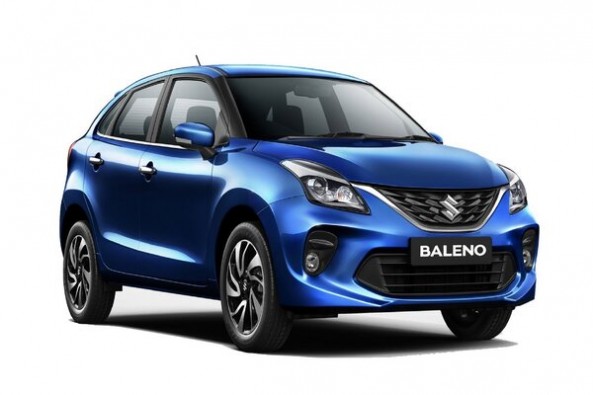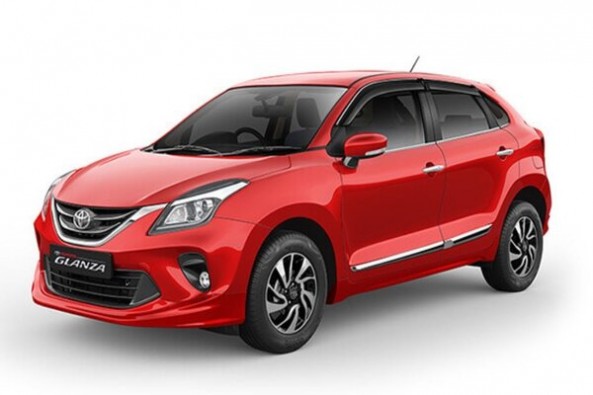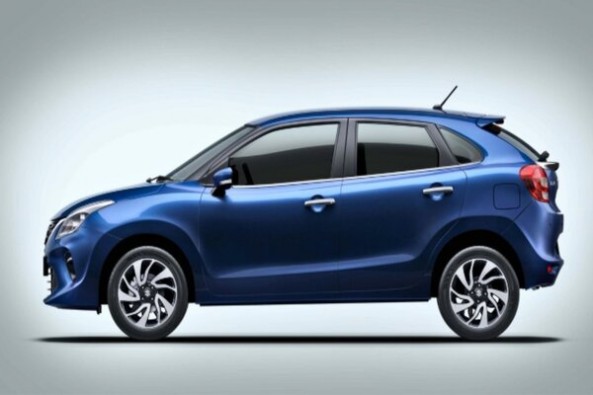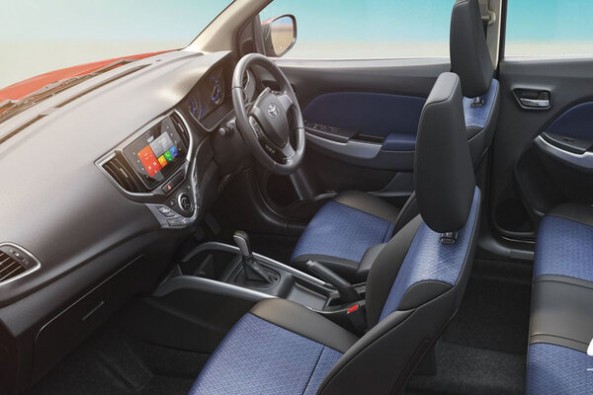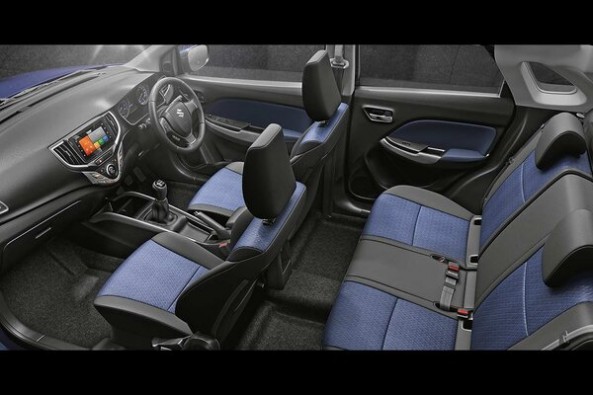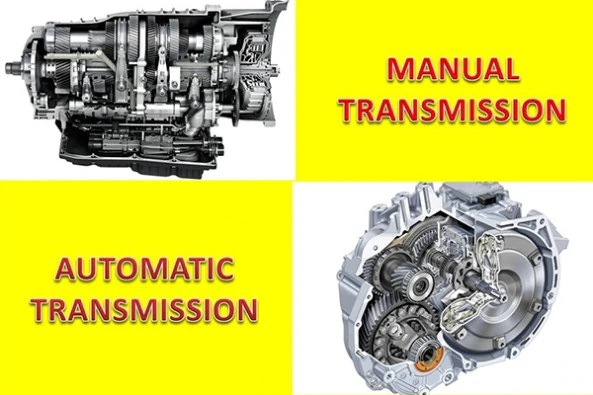Toyota’s Indian innings has never seen a successful hatchback rolling out for the domestic market. The Liva is struggling to get over 750 units a month and is primarily being taken away by fleet operators. Toyota understands developing an all-new hatchback will cost a lot money for R&D and this is where their partnership with Suzuki comes into the picture. The first product from this agreement is the Glanza for the Indian market and yes, it is based on the Maruti Baleno.
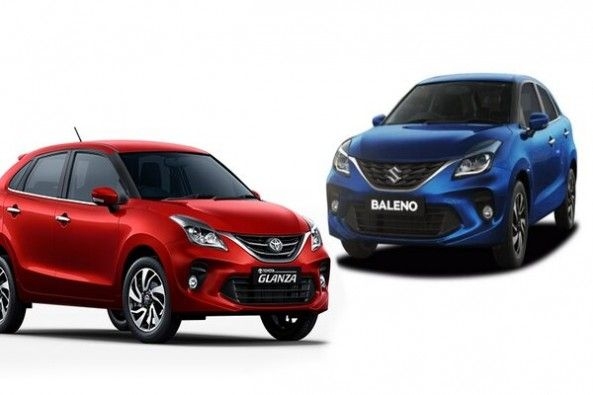
So, which among the two premium hatchbacks should you put your money on? Let's find out the differences
Exteriors
Truth be told, there is absolutely no difference in both the cars when it comes to the exterior design. The Glanza looks identical to the Baleno and the big difference comes in the form of the different front grille that designers at Toyota have managed to come up with. This different grille also houses the Toyota logo and this gives the front-end slight differentiation.
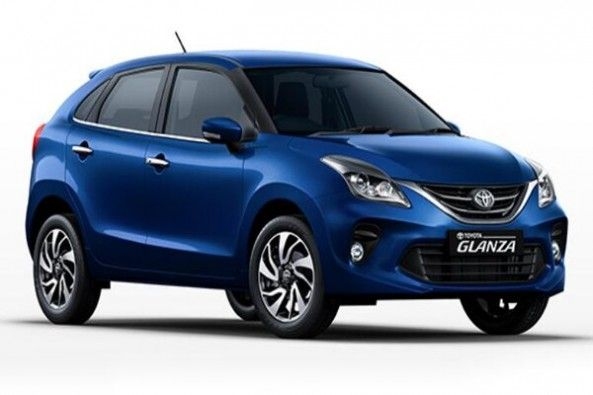
Apart from this, the Baleno is offered in six color options as compared to five on the Glanza. So, in terms of design, there isn’t much to pick from both the vehicles. These hatchbacks come with the same dimensions and the top end versions use 16-inch alloy wheels.
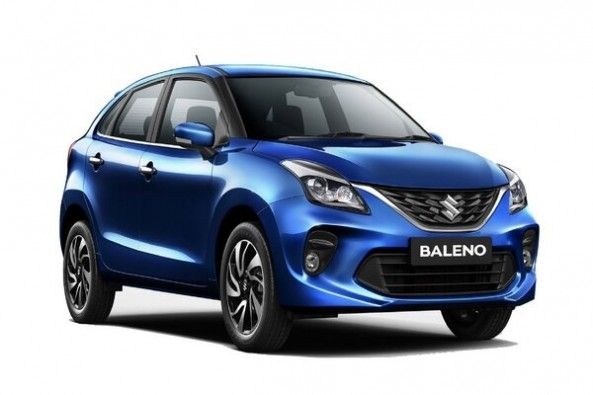
Interiors
As expected, the only difference in the cabin is the Toyota logo on the steering wheel. That apart, the styling and quality levels are identical. The seats also offer the same comfort and we can safely say that the Baleno and Glanza offer space for 5 adults.

In terms of features, both offer a touch-screen infotainment system, standard on the Glanza and available on the higher versions of the Baleno. Maruti calls it SmartPlay while Toyota terms it as Smart Playcast. However, Maruti owners stand to get a dedicate SmartPlay Studio app for your smartphones. Even Maruti’s Suzuki Connect app offers higher functionality than the Toyota Connect app.
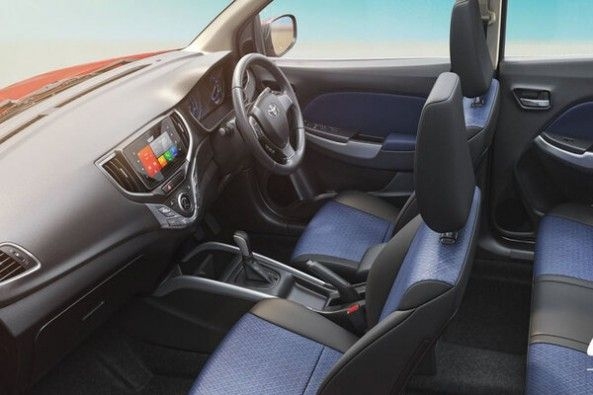
But again, there isn’t much to pick from.
Engines
This is where diesel customers will have to skip the Toyota Glanza as this hatchback is only being sold with a petrol motor. The Baleno on the other hand offers an optional 1.3-litre DDiS diesel unit that offers a good mix of torque and fuel economy. It is mated to a 5-speed gearbox.
In terms of petrol engines, there is a bit of a mix-up. The base or entry level Glanza comes with an advanced Dual Jet petrol motor that is good for 90 PS of power and 113 Nm of torque. This also delivers an exceptional 23.87 kmpl as per rating. The higher versions come without the mild hybrid tech and put out 83 PS of power and 113 Nm of torque.
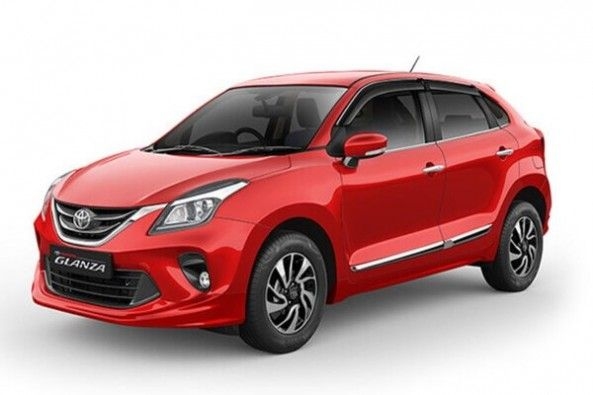
On the other hand, the base Baleno comes without the mild hybrid engine whereas the higher versions of Delta / Zeta get the dual jet petrol engine. This does surprise us as Toyota opted to go the other way around by offering and advanced engine for the base version. We wonder why.
The Baleno also comes in the RS trim which gets it a turbo-charged 1000cc engine belting out 102 PS of power and 150 Nm of torque. These are impressive figures and gives the Baleno excellent performance.
So, in this parameter of engine, the Baleno has an upper hand in terms of the options on offer.
Summary
Toyota is not offering the Glanza in a true base or a feature stripped variant. The G MT version gets the advanced smart hybrid petrol motor and ample features and yet carries an attractive price tag of Rs 7.22 lakh. The top spec variant here is the V CVT that sells at Rs 8.90 lakh. This makes it as expensive as the Baleno’s top spec CVT version.

Toyota offers a standard warranty of 3 years on the Glanza as compared to the 2 years that Maruti offers on the Baleno. Toyota is also known to offer better long-term ownership experience and this might tilt the game in its favor.
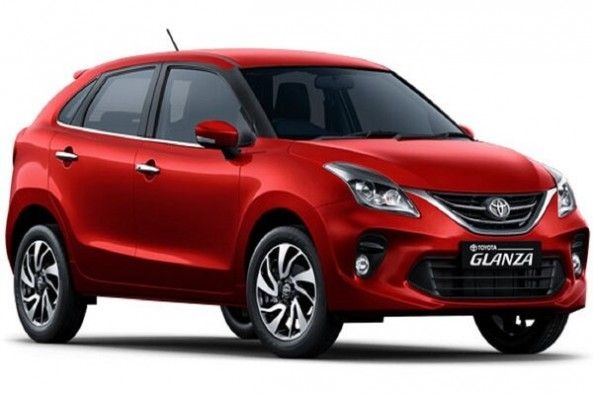
In the end we would say, both the cars are exactly the same and the ownership experience is what will differ. Of course, the diesel and turbo-petrol engines give the Baleno a wider audience but the entry level G MT Glanza is good value for money too. Either way, you won't go wrong here!

